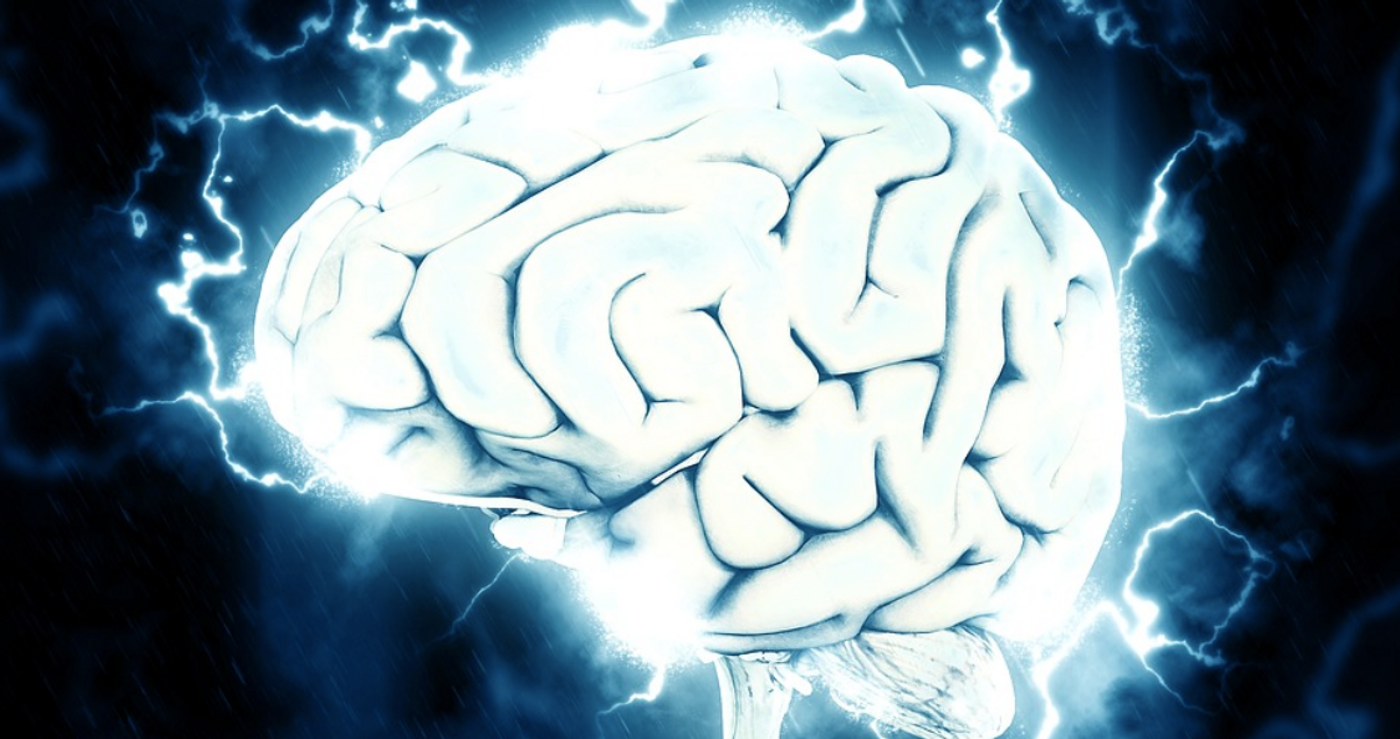Imaging Reveals Toxic Mercury Uptake in Mammalian Brains
Mercury (Hg) is an extremely toxic element. The use of mercury in industry is being phased out in many places and mercury thermometers have even been banned in some US states. Scientists who have studied mercury have also suffered its effects. Chemist Karen Wetterhahn is known to have been killed by a few drops of dimethylmercury that fell from a pipette onto one of her hands, even though she was wearing latex gloves. Mercury in the environment can also be a problem. People are advised to limit their seafood intake, for example, because consuming too much can lead to overexposure to mercury.
While mercury has been shown to build up in fish, one open question has been whether or not mercury can find its way into the brains of mammals who are land-based. A new study has used imaging tools to settle this question in at least one mammal - the mongoose.
Researchers led by Dr. Yulia Pushkar, a professor at Purdue University, are experts in brain imaging. They were asked to assess the levels of mercury in the brains of mongooses that had been collected from Okinawa Island in Japan, where they are considered an invasive species. The scientists determined that yes, there was mercury in the brains of the tested mongooses. The findings have been reported in Environmental Chemistry Letters.
"I was skeptical whether any [mercury] could be detected. Usually, neurotoxic elements even if they get into brains are present in ultra-low concentrations," explains Pushkar. "We took these specimens to the Advanced Photon Source at Argonne National Laboratory where brains were exposed to intense X-rays. Defying my skepticism, the [mercury] signal was present."
What is still unknown is how the mercury enters the mongoose brains. It may have worked its way there after the animals consumed water or bird eggs; when the animals breathed contaminated air; or when they were exposed to certain minerals. However it happened or is happening, the researchers are concerned.
Mercury can be extremely toxic, even at low concentrations, noted Pushkar. The metal disrupts the function of crucial biomolecules. The efficiency of mercury removal also depends on different factors, including the accumulation of mercury. If certain brain cells take up mercury and then die off, the toxin could also leak out, noted Pushkar.
Right now, there is no known way to dissolve mercury aggregates in biological tissue safely, and there is no known case in which mercury poisoning in the nervous system has been reversed, Pushkar added.
Pushkar advises that anyone and everyone should take steps to avoid any exposure, and to be particularly careful to not be subjected to chronic exposure.
The work showed that two types of brain cells: choroid plexus cells that help generate cerebrosprinal fluid, and subventricular zone astrocytes, both carried high levels of mercury. The researchers suggested that these cells may be filtering mercury out of the blood and storing it in brain tissue. Selenium may play a role in this process, but the details remain to be revealed.
"Human activities result in the emission of 2,000 metric tons of mercury compounds annually and we do not fully understand where all this neurotoxic [mercury] ends up," Pushkar noted. "Most studies so far focused on marine biota (fish and whales) but apparently terrestrial species are also affected."









